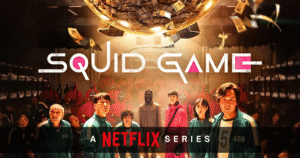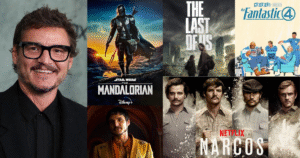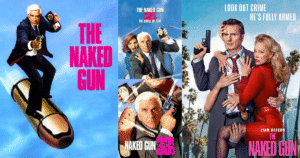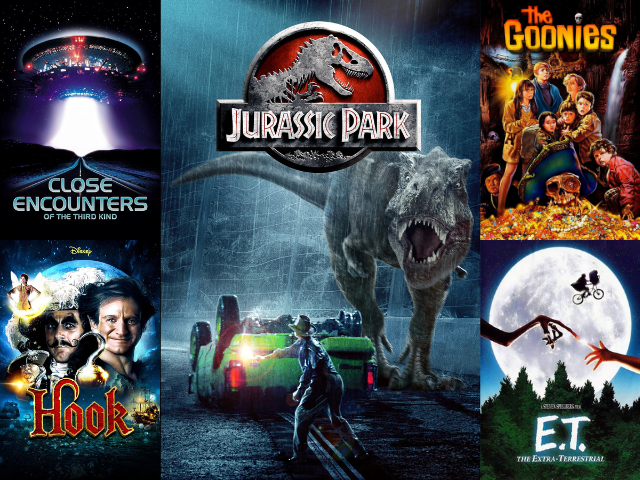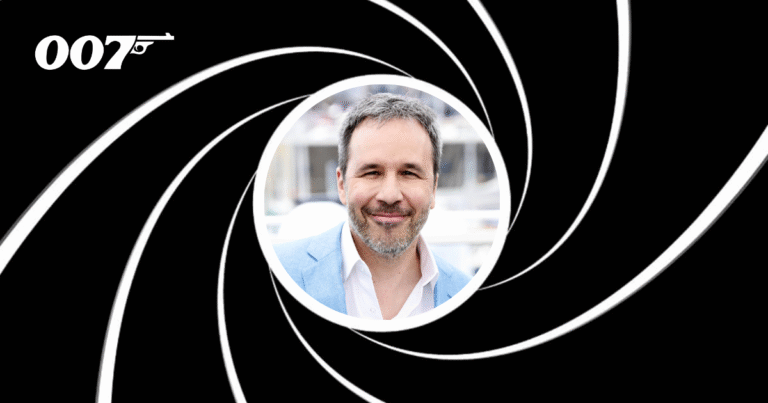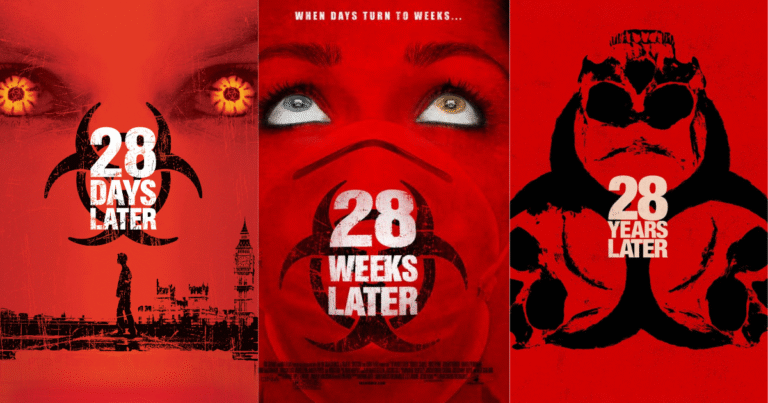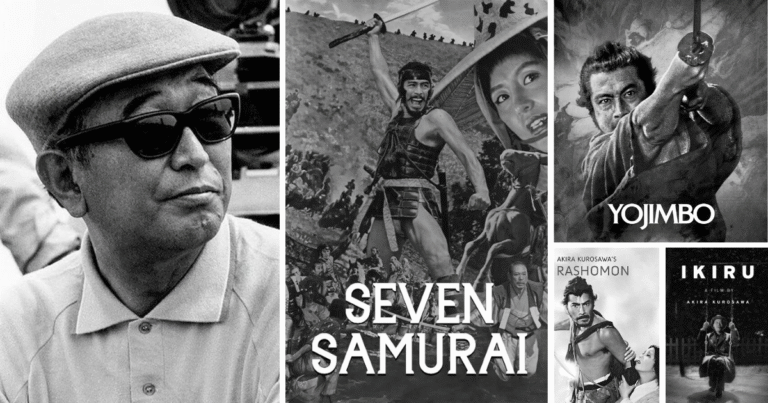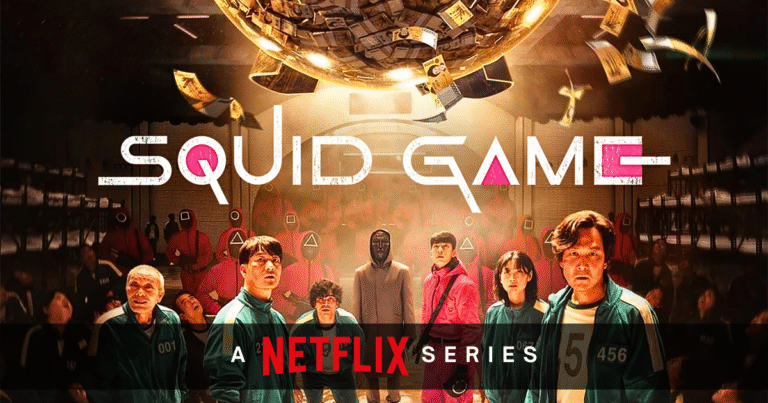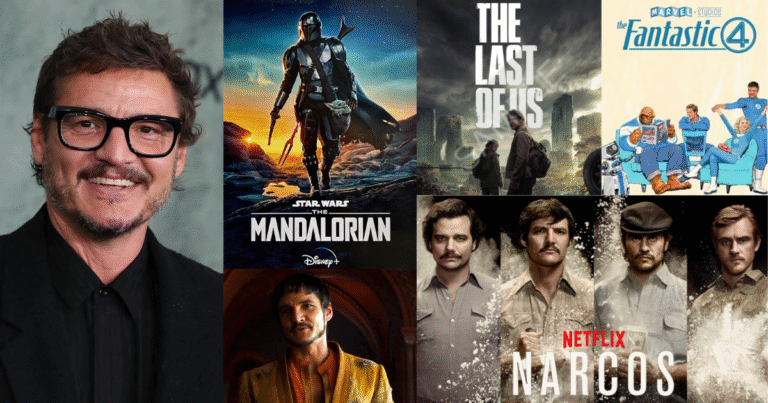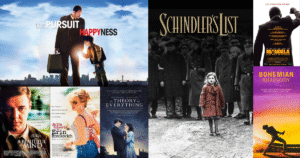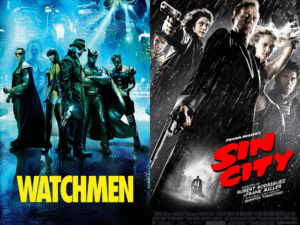Steven Spielberg is one of the most beloved filmmakers in the world. From E.T. to Jurassic Park, his movies often take us back to a special feeling many of us remember, the wonder of childhood. His stories are filled with wide eyes, big dreams, and the joy of discovering something new. But how does he do it so well? Why do his movies still touch people of all ages?
In this article, we’ll explore how Spielberg captures childhood wonder in his films, and why his work continues to inspire viewers even decades later.
Spielberg’s Own Childhood Shaped His Vision
To understand Spielberg’s love for childhood stories, we need to look at his own life. He grew up in a quiet neighborhood and often felt like an outsider. His parents divorced when he was young, and that emotional pain shows up in many of his films.
Instead of turning away from that pain, Spielberg used it in his work. He didn’t just tell stories about perfect families or happy kids. His young characters often face challenges like loneliness, fear, and change, things real kids go through. But at the same time, they also experience magic, friendship, and courage.
This mix of struggle and hope makes Spielberg’s childhood stories feel honest and powerful.
E.T. the Extra-Terrestrial: A Masterpiece of Emotion
Released in 1982, E.T. is one of the most famous movies about childhood ever made. It tells the story of Elliott, a young boy who finds an alien in his backyard and decides to help him return home.
What makes E.T. so special isn’t just the alien or the spaceship. It’s how Spielberg shows the world through Elliott’s eyes. We feel his curiosity, his fear, and his growing bond with E.T. The camera often stays at kid-level, making us feel like we’re right there with him.
Elliott’s family is going through a hard time, his parents are separated, and he feels alone. But through E.T., he finds a deep friendship that helps him heal. The film never talks down to children, and that’s what makes it timeless.
The Spielberg Touch: Wonder in Everyday Moments
Spielberg has a special way of turning ordinary things into something magical. A quiet forest becomes the site of a flying bike. A suburban street hides the world’s most amazing visitor. He doesn’t rely on big explosions or non-stop action. Instead, he focuses on emotions, awe, joy, fear, excitement.
He also knows how to build up to those moments. Think about the first time we see the dinosaurs in Jurassic Park. It’s not rushed. There’s music, silence, and slow camera movement. The characters, and the audience, are left speechless. That feeling of “wow” is something Spielberg carefully builds with visuals, sound, and performance.
Close Encounters of the Third Kind: Curiosity Without Fear
Another great example is Close Encounters of the Third Kind. This film follows a man who believes he’s had contact with aliens. While many sci-fi movies make aliens scary, Spielberg did something different. He made them mysterious, even beautiful.
There’s a sense of childlike curiosity in the main character, even though he’s an adult. He builds shapes with mashed potatoes, chases lights in the sky, and refuses to give up on what he believes. That sense of wonder, even in grown-ups, is a signature Spielberg theme.
The Goonies and Spielberg’s Influence as a Producer
Even when Spielberg isn’t directing, his touch is still felt. The Goonies, which he produced, is a great example. It’s a story about a group of kids who find a pirate map and go on an adventure. It has danger, humor, friendship, all the ingredients of a classic Spielberg-style movie.
These kids act like real kids. They argue, get scared, and make mistakes. But they never stop believing in the adventure. Spielberg always treats young characters with respect, which helps the audience connect to them no matter their age.
Jurassic Park: Science Meets Wonder
In Jurassic Park, Spielberg shows what happens when imagination and science collide. While the dinosaurs are the stars, it’s the human characters, especially the kids, who help us experience the park. Tim and Lex are smart, brave, and realistic.
They aren’t there just to scream and run. They help solve problems, face fears, and build relationships with the adults. Spielberg gives children agency in his stories, which makes the audience root for them even more.
Hook: Rediscovering the Child Within
Hook is another important Spielberg film. It tells the story of a grown-up Peter Pan who has forgotten how to be a child. He’s become a serious adult who doesn’t spend time with his kids. But when Captain Hook kidnaps his children, Peter must return to Neverland and find his younger self again.
The message is clear: we don’t have to lose our sense of wonder just because we grow up. Spielberg reminds us that inside every adult is still a child who once believed in magic.
Family Themes and Real Emotion
Many of Spielberg’s films also focus on family. Whether it’s the broken family in E.T., the distant father in Hook, or the blended group of survivors in War of the Worlds, his stories show how families struggle but stay strong. He doesn’t hide the pain, but he also shows healing, connection, and hope.
These emotional themes speak to both kids and adults. They remind us that it’s okay to feel scared or sad, but also that love and bravery can help us through.
Spielberg’s Magic Lives On
Even today, Spielberg continues to create stories that carry the same wonder he’s always been known for. His recent semi-autobiographical film The Fabelmans explores his own childhood and love of movies. It shows how young Spielberg found comfort and creativity through a camera lens, turning pain into art.
His influence can also be seen in the work of other directors. From Stranger Things to Super 8, many modern storytellers have tried to capture that same feeling of childhood wonder that Spielberg does so well.
Final Thoughts
Steven Spielberg doesn’t just make movies, he creates memories. His films take us back to the simple but powerful feelings we had as kids: curiosity, fear, joy, and hope. He understands how children see the world, and he treats their experiences with care and respect.
By showing both the magic and the struggles of childhood, Spielberg helps all of us remember what it’s like to believe in the impossible. That’s why his movies continue to touch hearts, inspire new filmmakers, and remind us that wonder never really goes away.
